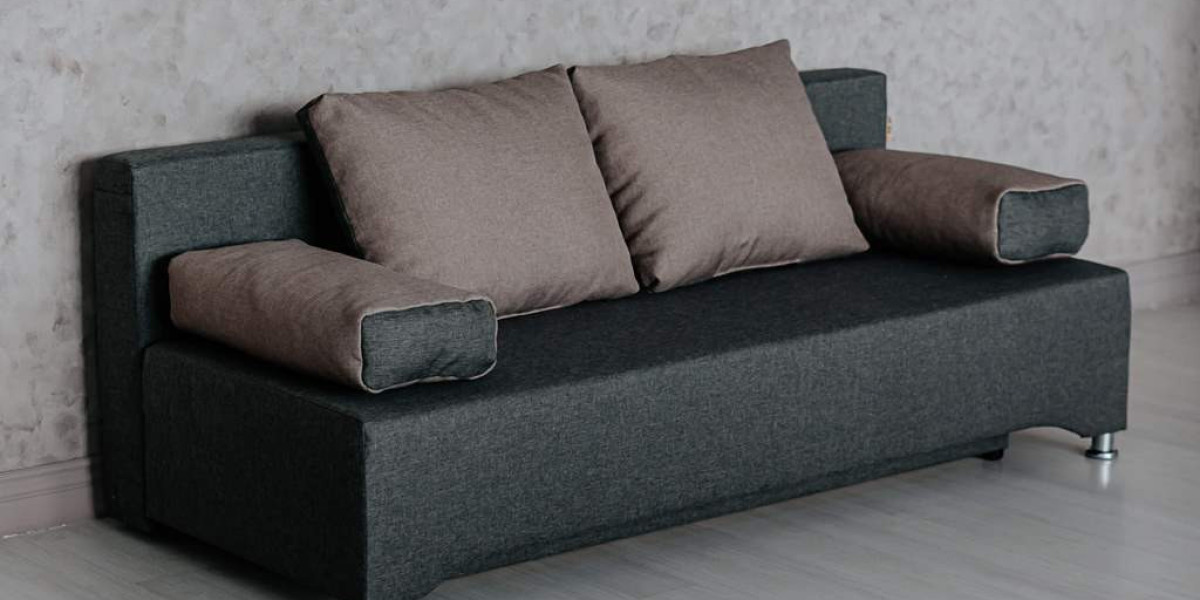Dog agility training is a fun and rewarding activity that enhances the physical fitness, mental acuity, and bond between dogs and their owners. Central to successful agility training are the specialized equipment designed to challenge and develop a dog's agility, coordination, and obedience skills. In this article, we'll explore the various types of dog agility training equipment and their benefits in promoting canine athleticism and teamwork.
Importance of Dog Agility Training Equipment:
Physical Fitness: Dog Agility Training Equipment with opportunities for cardiovascular exercise, strength building, and flexibility enhancement. Regular use of agility equipment helps maintain optimal physical health and prevents obesity and related health issues.
Mental Stimulation: Agility training engages dogs mentally by requiring them to problem-solve, memorize obstacle sequences, and respond to commands from their handlers. Mental stimulation is essential for preventing boredom and behavioral problems in dogs.
Bonding and Communication: Agility training fosters a strong bond between dogs and their handlers through teamwork, trust, and mutual understanding. Handlers learn to communicate effectively with their dogs, and dogs learn to trust and respond to their handlers' cues.
Types of Dog Agility Training Equipment:
Jumps: Jumps are one of the fundamental obstacles in agility training and come in various forms, including hurdles, tire jumps, and bar jumps. Jumps test a dog's ability to clear obstacles at different heights and distances, promoting coordination and precision.
Tunnels: Tunnels are long, flexible tubes that dogs must navigate through quickly and confidently. Tunnel training improves a dog's agility, speed, and confidence, as they learn to negotiate tight spaces and maintain focus while moving swiftly through the tunnel.
A-Frames and Dog Walks: A-Frames and dog walks are raised platforms with inclined ramps that dogs must ascend and descend. These obstacles develop a dog's balance, coordination, and confidence in navigating elevated surfaces.
Weave Poles: Weave poles are a series of vertical poles that dogs must weave in and out of in a zigzag pattern. Weave pole training enhances a dog's agility, body awareness, and lateral movement skills.
Pause Table: The pause table is a raised platform where dogs must pause for a predetermined amount of time before proceeding to the next obstacle. The pause table teaches dogs impulse control, focus, and obedience to commands.
Tips for Using Dog Agility Training Equipment:
Start Slowly: Introduce agility equipment gradually and ensure that dogs are comfortable and confident with each obstacle before progressing to more challenging exercises.
Use Positive Reinforcement: Use rewards such as treats, praise, and play to motivate and encourage dogs during agility training sessions. Positive reinforcement enhances learning and strengthens the bond between dogs and handlers.
Safety First: Prioritize safety by supervising dogs closely during training sessions, using proper equipment and padding to cushion falls, and avoiding overexertion or repetitive stress injuries.
Consistency and Patience: Be patient and consistent in your training approach, and practice regularly to reinforce skills and build confidence in both dogs and handlers.
Conclusion:
Dog agility training equipment is essential for promoting physical fitness, mental stimulation, and teamwork between dogs and their handlers. By incorporating a variety of agility obstacles into training sessions and using positive reinforcement techniques, handlers can help dogs develop agility, coordination, and obedience skills while strengthening the bond between them. Whether it's jumps, tunnels, weave poles, or pause tables, agility equipment provides endless opportunities for fun, challenging, and rewarding training experiences for dogs of all breeds and sizes.
For more info. visit us:















